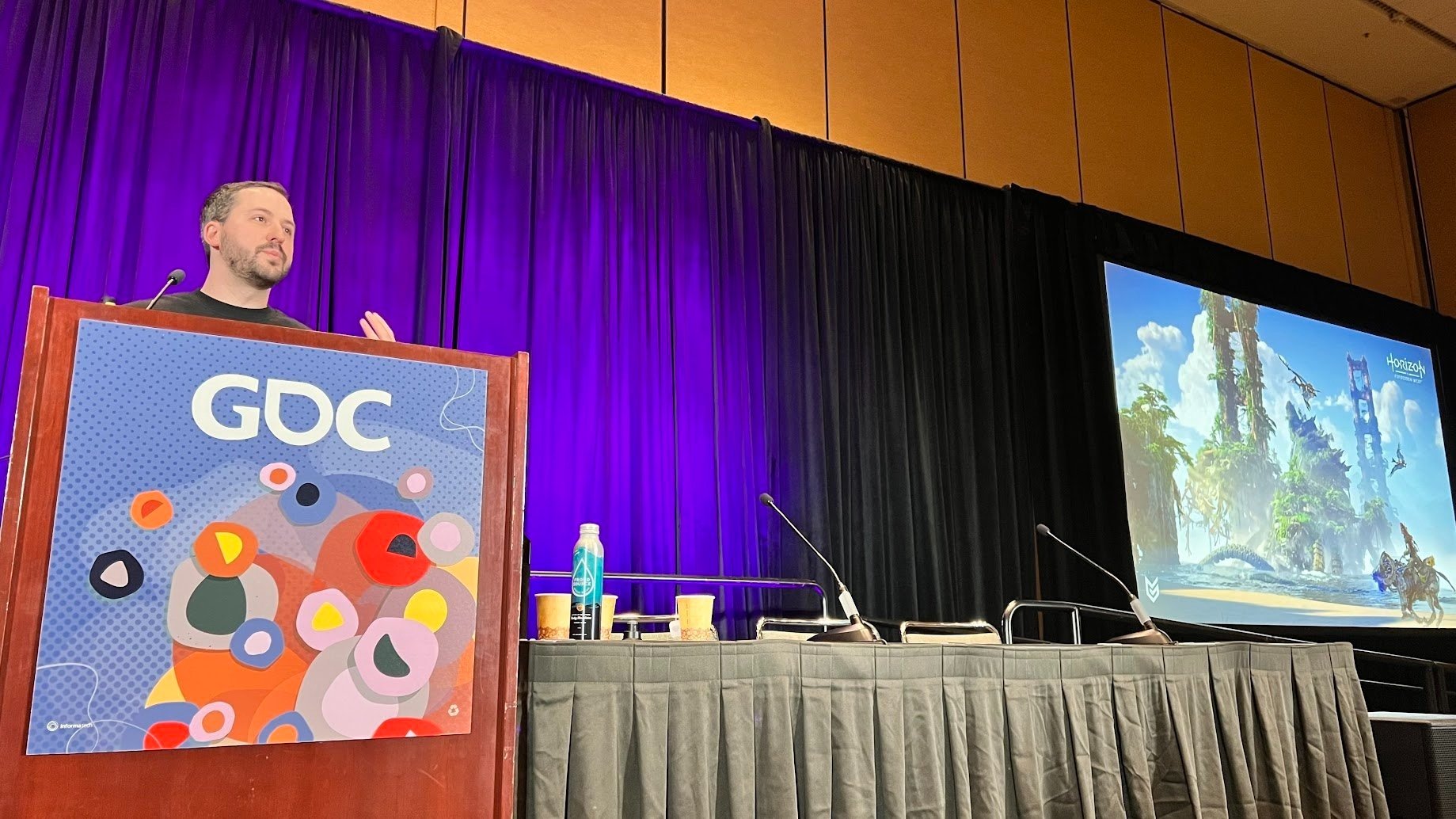
My Cinematic Directing Process
My process is a journey through thoughtfully crafted steps, each aimed at creating cohesive, high-quality scenes that resonate emotionally. From casting to final edit, every phase is designed not only to bring each character’s story to life but to fully engage the player in their own journey.
I’m dedicated to creating a cohesive, seamless experience for players. My goal is to grasp each project’s narrative concepts and translate them into playable objectives and actions, working closely with actors to shape meaningful, impactful performances.
Casting
Finding the Right Actor
Casting is about finding an actor who resonates with the role, bringing authenticity and depth to the character. During auditions, I focus on three key areas:
Talent & Skills: Can they bring the character to life through vocal and physical performance?
Creative Intuition: Do they bring a unique angle to the scene, connecting with the character's core?
Adaptability: Can they listen and respond to their scene partner and take direction on the fly?
The Live Audition Process
This is where I dive deeper into the actor’s ability to move within the space, use the environment creatively, and demonstrate their full range of potential. It’s an essential moment to see how they truly embody the role.
Script Analysis
Breaking Down the Scene
Script analysis is key to defining playable objectives and shaping a flexible approach, whether for live casting sessions or performance capture, allowing the scene to evolve in multiple directions.
Character Objectives: First, it’s crucial to understand each character’s goals and motivations throughout the scene. This sets the foundation for everything that follows.
Sequence of Events: Analyzing the sequence of events helps identify key moments for blocking and character motivations, providing a solid framework for the scene.
Creative Adjustments: Exploring "what if" scenarios (e.g., "What if there's a secret?" or "What if one character becomes an obstacle for another?") is critical. These adjustments introduce tension, conflict, and energy into the scene.
Exploring Opposites: Challenging the actor to play against the intended meaning of the lines can yield surprising results and keep the performance dynamic.
Paraphrasing: Rewriting the lines in simpler terms can provide fresh insights and help the scene connect on a deeper, more personal level.
These techniques, inspired by Judith Weston’s work (Directing Actors), help me generate ideas and options that I can bring to live sessions or stage production.
Artwork by Ernest Agullo
Storyboard & Previz
Visualizing the Story
In my process, storyboards and previs are crucial tools for defining the visual direction and ensuring consistency across the production.
Establishing Style: Storyboards are used to set the visual language for cinematography, editing, and overall tone of the scenes.
Collaboration: Regular reviews with art, narrative, and design leads ensure that the vision is aligned across all departments.
Cross-Department Communication: Storyboards and previs serve as key communication tools, helping coordinate with audio, VFX, motion capture, and other teams. They also help brief actors on the important beats of the scene.
External Partners: These images are shared with layout and animation teams to communicate the initial vision and ensure everyone is on the same page.
Performance Capture
Briefing Phase
Before filming starts, the briefing phase is key to setting the stage for a successful performance. Here’s how I approach it:
Pre-Production Materials: I show the actors any relevant storyboards, isometrics, concept art, and pre-visualizations (previs) to give them a sense of the environment and context.
Character & Scene Brief: Each actor receives a concise, impactful character brief. This includes key story points—what happened before, what happens after, and where their character is in terms of their arc.
Collaboration: I engage the actors with questions, encourage their input, and share my vision for the scene. I may also break down the scene into parts if needed, especially for complex or lengthy scenes.
Performance Capture
Filming Phase
Once the briefing is complete, we move to the filming phase, where preparation meets flexibility:
Playable Objectives: I prepare action verbs and character objectives, ensuring every movement and line is motivated by the character’s core desires.
Scene Variations: I’m ready with alternative blocking and minor adjustments to provide multiple takes, allowing the actors to explore different angles and physicality.
Camera & Physicality: Understanding camera positioning and the line of action is crucial. I always keep the actors’ movements open toward the camera to ensure their performance is clear and impactful.
Flexibility: While I come with a plan, I remain open to creative suggestions from the cast and crew. Every scene offers new insights, and being adaptable helps capture the best possible performance.
Camera & Layout
Each project requires its own analysis to determine the cinematographic approach best suited to tell its unique story. The story itself should guide which tools and techniques to use, not the other way around.
For example, in previous projects, we focused on these core principles to establish a consistent visual direction:
Player-Centric Framing: Aligning the player’s view with the character’s perspective helps to foster a stronger emotional connection.
Lens Consistency: Using a predetermined range of prime lenses—from wide to telephoto—helps create visual unity. Typical choices might include lenses from 12mm to 85mm, balancing depth control and focus to suit in-game perspectives.
These two small examples illustrate the types of research and choices that shape a project’s style guide, which evolves based on the unique demands of each story.
In-Depth Presentation: Cinematic Process & Principles
For a deeper dive into my approach to cinematics and process fundamentals, check out my GDC presentation below.
Podcast Feature: Directing Performance Capture
For more insights into my approach to performance capture and directing, listen to my conversation with Victoria Atkin in her podcast episode below.





